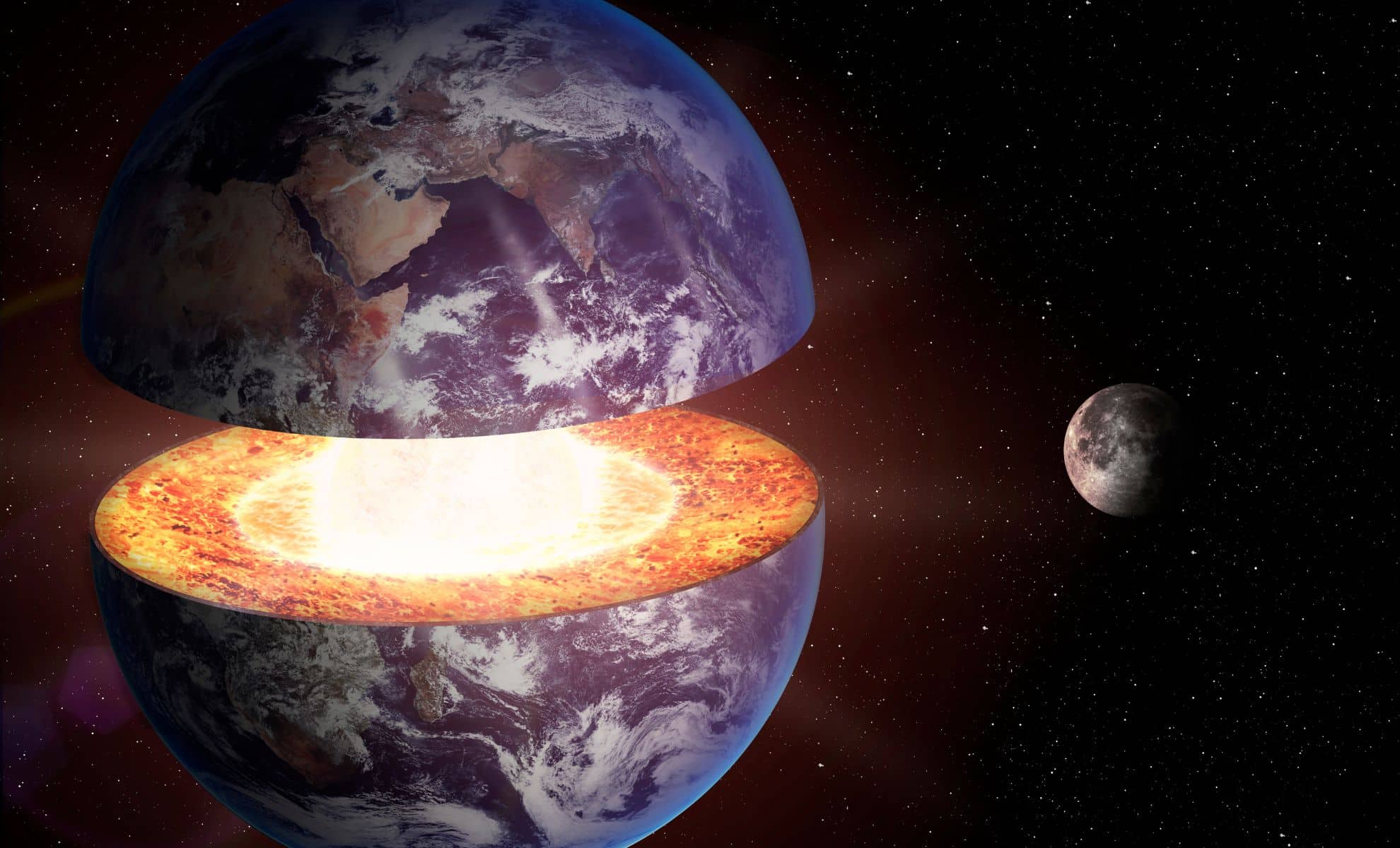Deep within the Earth, approximately 2,700 kilometers below the surface, lies the enigmatic D” layer. This region, known for its peculiar behavior in accelerating seismic waves, has confounded scientists for over fifty years. However, a significant breakthrough by researchers at ETH Zurich has now provided clarity on this geological puzzle.
The crux of the mystery centers on the newly discovered ability of solid rock to flow within the Earth’s mantle. Unlike molten lava, this solid rock moves gradually, creating changes in the alignment of minerals. This unique behavior plays a crucial role in the acceleration of seismic waves as they traverse the D” layer.
Led by Professor Motohiko Murakami, a specialist in experimental mineral physics, the research team’s findings were published in the journal Communications Earth & Environment. Their work confirms the presence of mantle convection, where solid rock flows horizontally under intense pressure and heat. This flow facilitates the alignment of post-perovskite crystals in the same direction, ultimately leading to the accelerated movement of seismic waves through the D” layer.
The D” layer, positioned near the boundary of the mantle and core, has intrigued scientists since the 1960s due to the abnormal behavior of seismic waves in this region. Previous studies suggested that seismic waves were altered as they interacted with a newly formed mineral known as post-perovskite at extreme conditions, yet the exact reason for their speed increase remained unaddressed.
In 2007, researchers proposed that the alignment of post-perovskite crystals was critical to this phenomenon, theorizing that aligned crystals allowed seismic waves to travel faster. Despite this hypothesis, experimental validation was needed until ETH Zurich’s recent laboratory experiment successfully replicated the conditions of the D” layer, offering the necessary proof. “We have finally found the last piece of the puzzle,” Murakami stated.
The identification of mantle convection marks a pivotal advancement in earth sciences. Previously, scientists could only speculate that mantle rock might move similarly to boiling water, but none had successfully observed this flow directly until now. Murakami and his team provided the first direct evidence of this slow movement at the mantle-core boundary, demonstrating that this dynamic flow aligns post-perovskite crystals and accelerates seismic waves. “Our discovery shows that the Earth is not only active on the surface, but is also in motion deep inside,” Murakami remarked.
This finding extends beyond merely explaining the phenomenon in the D” layer; it paves the way for further exploration into the dynamic processes occurring within the Earth’s interior. Researchers can now initiate mapping of the mantle’s currents, providing insights into the hidden forces that influence volcanic activity, tectonic shifts, and even the Earth’s magnetic field.

